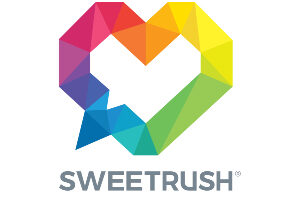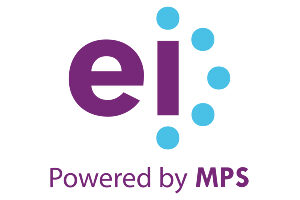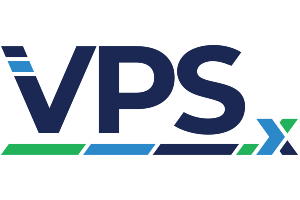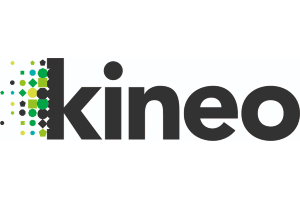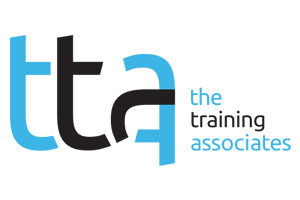While learning and development (L&D) professionals embrace the efficiency and excitement of gamified, customized, AI-driven learning, we mustn’t forget: humans are still human. Our brains, evolved over seven million years, learn best in ways that are innately human.
No matter how powerful artificial intelligence (AI) becomes, people will still need to communicate, lead, collaborate, solve problems, research, care, write, think and remember. That’s why it’s essential to design training experiences consistent with how our brains are wired to absorb and retain information.
Whether you’re developing live, in-person sessions, virtual simulations or hybrid programs, brain-based learning principles will always serve you best.
Wired to Forget — Unless We Work to Remember
As neuroscientists Elizabeth Kensinger and Andrew Budson explain in “Why We Forget and How to Remember Better,” we only remember what we actively take time to think about, process, encode, store and retrieve. Most of what passes through our minds is quickly forgotten (like that 6-digit authorization code you got 10 minutes ago). Our brains are designed to forget — unless we make a point of remembering. Or, as psychologist Daniel Willingham put it: “Memory is the residue of thought.”
To help learners retain information, facilitators must structure training so that learners are forced to focus on the new material in brain-friendly ways. Certain techniques are especially effective — those that involve movement, emotional engagement, multisensory input and frequent opportunities for recall and application.
Brain-Friendly Strategies Across The 4Cs
Brain-friendly learning does not require complex training tools. In fact, simple, research-backed strategies can be integrated into nearly any learning experience using a structure known as the 4Cs of Instructional Design and Delivery, a framework developed by training expert Sharon Bowman. The 4Cs stand for:
- Connection — activating prior knowledge
- Content — introducing new material
- Concrete Practice — applying the material
- Conclusion — reflecting and planning for real-world use
Let’s look at how brain-friendly strategies can support each of these phases.
1. Connections: Get the Brain Ready
The goal for the first stage of learning is to prime the brain and help learners connect to prior knowledge, the scaffolding of memories already held in long-term memory.
- Mingle and Mention: Pair up and share training goals.
- Share Three: Discuss three things they already know about the topic.
- Find a Photo: Choose an image that reflects how they feel about the subject.
- Dot Voting: Place sticky dots beside a list of learning goals to mark the outcome they most want to achieve.
- Sort and Match: Organize key concepts collaboratively to connect to past experiences.
These warm-up strategies spark curiosity, promote interaction and establish relevance.
2. Content: Help Learners Focus Their Brains
Rather than lecture, aim to help learners focus, organize and make sense of new material using strategies such as these:
- Mind Maps and Journey Maps: Show conceptual or chronological connections.
- Draw It Out: Illustrate a concept or process.
- Build a Cheat Sheet: Summarize key takeaways with visuals and structure.
- Fill-in-the-Blanks: Use focused worksheets that reinforce application.
Keep segments short, break up delivery with discussion or visuals, and utilize varied methods to sustain attention.
3. Concrete Practice: Re-Encode and Deepen Learning
Reinforce new concepts through active, hands-on practice. Each of these activities requires focus, engagement and deeper understanding, calling on the brain to recollect and re-encode information learned earlier. In addition, interpersonal activities can evoke memorable emotional responses resulting from the challenges and successes.
- Teach-Backs: Learners explain or demonstrate material to peers.
- Gallery Walks: View posters or projects that peers have prepared.
- Role Plays and Debates: Test new skills in real-world scenarios.
- Critics’ Corner: Discuss potential pitfalls.
- Amplify and Reduce: Explore how concepts behave at extremes.
The more learners move, speak and create during practice, the more they internalize the material.
4. Conclusions: Use It Or Lose It
Taking time to reflect on growth and accomplishments allows learners to associate additional memories with the learning segment, thereby creating additional memory triggers. To cement learning, create opportunities for retrieval, reflection, and real-world application.
- Creative Challenge: Summarize takeaways and next steps in a creative way (e.g., poems, graphics, presentations).
- Revisit Learning Goals: Reflect on whether they met their goals and how they’ll move forward.
- Postcard to Self: Write themselves a note about how they’ll apply the training.
- Share With a Colleague: When back at the office, share their top three tips.
Consequently, exercises in which learners reflect, establish reminder plans and identify specific future applications in the days, weeks or months following, will maximize memory because they force learners to process and absorb the new material before retrieving and re-encoding new memories. The cyclical process encoding, storing and retrieving information, repeatedly and over time, solidifies learning into long-lasting memories.
Masterminding Memories
Training designed with the brain in mind is training that sticks. The 4C model, combined with neuroscience-backed strategies, provides a roadmap to create high-impact, memorable learning experiences. In virtually any context, humans remember what they take time to think about.
As trainer Sharon Bowman said, “The person doing the most talking will do the most learning. Make sure it’s the learners.” By the same reasoning, if computers do all the work, AI might get smarter, but humans won’t. For solid, memorable training, help learners connect, explore, apply and reflect on the information they need to know, no matter what learning platform you use.

